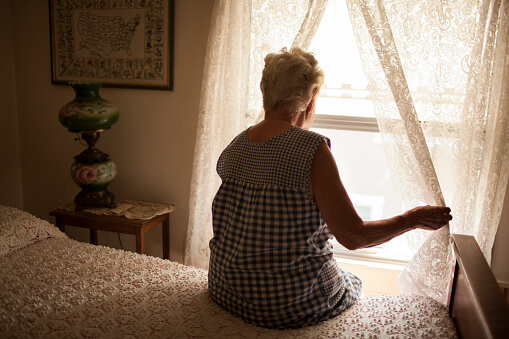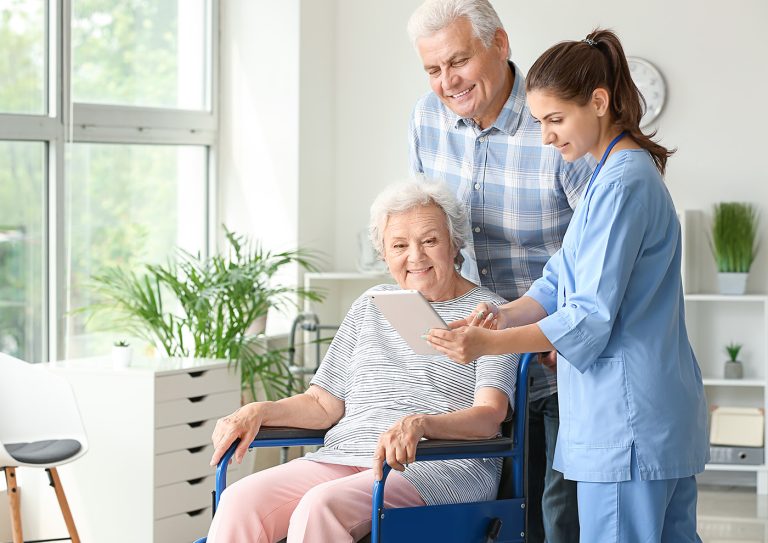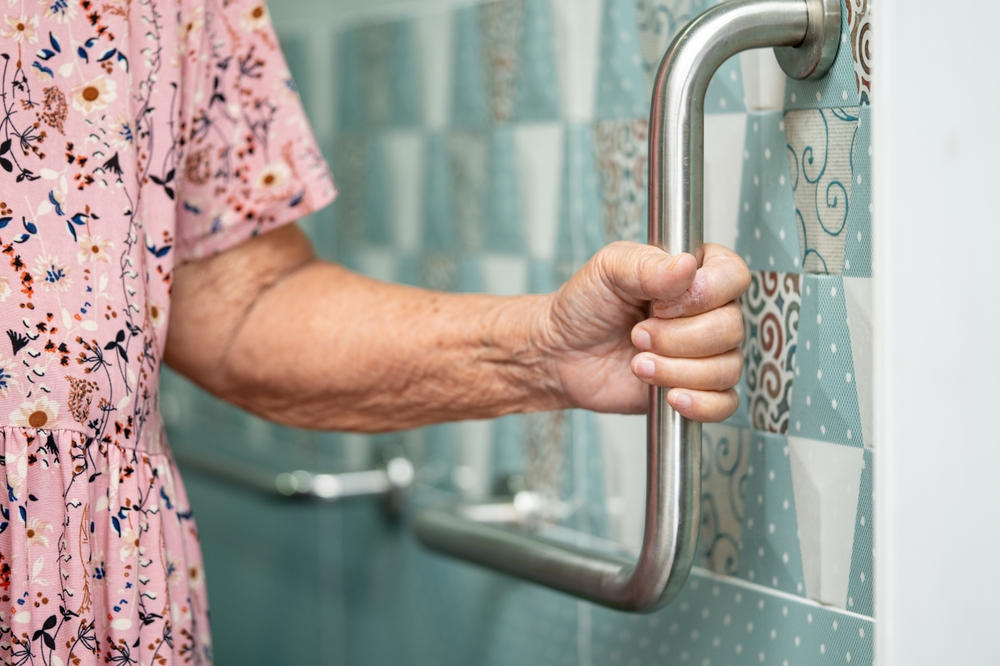In today’s rapidly advancing technological landscape, fall detection devices have emerged as essential tools for enhancing safety, particularly for the elderly and those with mobility challenges. However, an intriguing question arises: Can fall detection devices track other activities beyond simply identifying falls? This inquiry not only piques the curiosity of family caregivers but also holds significant implications for improving the quality of life for users.
Understanding the full potential of these devices is crucial. As we delve deeper into this topic, we will uncover how these devices operate, explore their capabilities, and assess their impact on enhancing independence and safety.
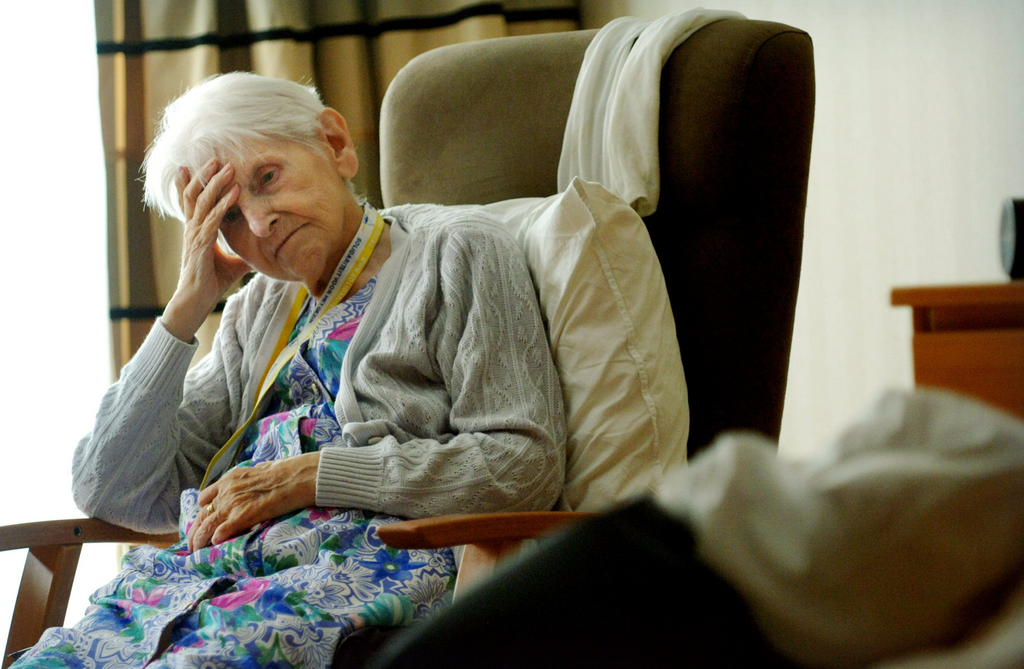
How Do Fall Detection Devices Work?
Before exploring additional functionalities, it’s essential to grasp how fall detection devices operate. These devices typically rely on a combination of sensors, including accelerometers and gyroscopes, to monitor motion and detect sudden changes indicative of a fall. When a fall is detected, the device sends alerts to designated contacts, ensuring timely assistance.
For more information on how these devices ensure safety without compromising privacy, visit privacy-friendly fall detection solutions.
Beyond Falls: Tracking Daily Activities
One of the remarkable advancements in technology is the ability of fall detection devices to monitor other activities, offering a holistic view of an individual’s daily life. These devices can track various activities, providing valuable insights into the user’s routine and well-being.
Monitoring Mobility Patterns
Modern fall detection devices are equipped to monitor mobility patterns, allowing caregivers to identify changes in movement that may indicate health issues. By analyzing walking speed, gait, and frequency of movement, these devices provide critical data to healthcare providers.
Heart Rate and Fitness Tracking
Many advanced fall detection devices now include heart rate monitors and fitness tracking capabilities. This integration enables users to keep track of their heart health and physical activity levels, contributing to a healthier lifestyle.
Sleep Monitoring
Sleep is a vital component of overall well-being, and some fall detection devices offer sleep monitoring features. By tracking sleep patterns, caregivers can identify potential sleep disturbances and address them proactively.
To explore how IoT sensors are transforming everyday living, read more about smart technology in daily life.
Benefits of Multi-Activity Tracking
The ability of fall detection devices to track various activities offers several advantages. These include enhanced safety, improved health monitoring, and increased independence for users.
Enhanced Safety
By monitoring multiple activities, these devices can provide early warnings of potential health issues or changes in behavior. This proactive approach enhances safety and reduces the risk of accidents and falls.
Comprehensive Health Monitoring
With features like heart rate and sleep tracking, caregivers gain a comprehensive understanding of the user’s health. This data can be invaluable in tailoring healthcare plans and interventions.
Promoting Independence
For the elderly or those with mobility challenges, maintaining independence is paramount. Multi-activity tracking empowers users to live independently while ensuring their well-being is continuously monitored.
Challenges and Considerations
While the capabilities of fall detection devices are impressive, there are challenges and considerations to keep in mind. Privacy concerns, device accuracy, and user acceptance are critical factors that must be addressed.
Privacy Concerns
As these devices collect and transmit data, privacy becomes a significant concern. It is crucial to choose devices that prioritize data security and offer transparent privacy policies.
Device Accuracy
The accuracy of these devices in detecting activities is paramount. Users and caregivers should opt for reputable brands that have undergone rigorous testing to ensure reliable performance.
User Acceptance
For these devices to be effective, users must be comfortable using them. Ensuring ease of use and providing adequate training can enhance user acceptance and engagement.
For insights into how technology is transforming independent living, visit smart elderly care solutions.
The Future of Fall Detection Devices
The future holds exciting possibilities for fall detection devices. As technology continues to advance, we can expect even more sophisticated features and increased integration with other smart home devices.
Integration with Smart Homes
Future devices may seamlessly integrate with smart home systems, allowing for automated responses to detected activities. This integration could include adjusting lighting, temperature, and security systems based on user behavior.
Advanced Health Monitoring
Emerging technologies, such as artificial intelligence and machine learning, will enable more accurate health monitoring. These advancements will empower caregivers with actionable insights into the user’s health.
Conclusion
In conclusion, fall detection devices have evolved significantly, offering capabilities beyond merely detecting falls. Their ability to track a wide range of activities presents numerous benefits for users and caregivers alike. As technology continues to evolve, these devices will play an increasingly vital role in enhancing safety, health, and independence.
For further information on fall prevention and safety, visit the Centers for Disease Control and Prevention.
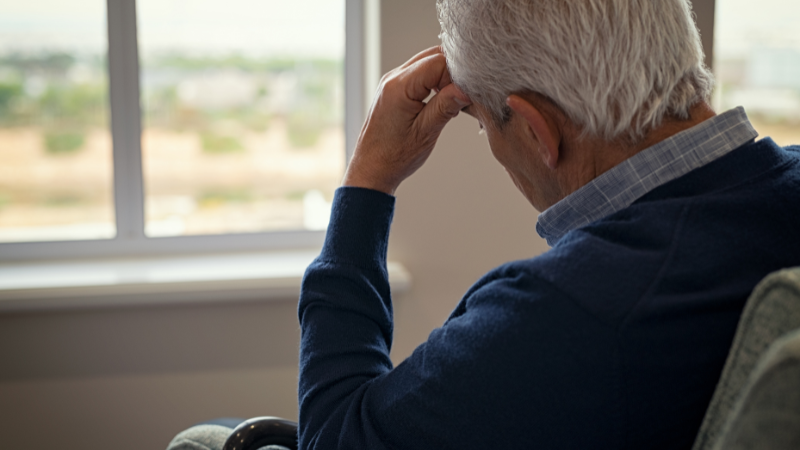
Frequently Asked Questions
1. Can fall detection devices track my daily activities accurately?
Yes, modern fall detection devices are equipped with advanced sensors that can accurately track various activities, providing valuable insights into your daily routine.
2. Are there privacy concerns with using fall detection devices?
Privacy is a valid concern. It’s important to choose devices that prioritize data security and offer transparent privacy policies to protect your information.
3. How do fall detection devices benefit family caregivers?
These devices provide caregivers with real-time information about the user’s activities and health, allowing for timely interventions and proactive care.
This article contains affiliate links. We may earn a commission at no extra cost to you.

